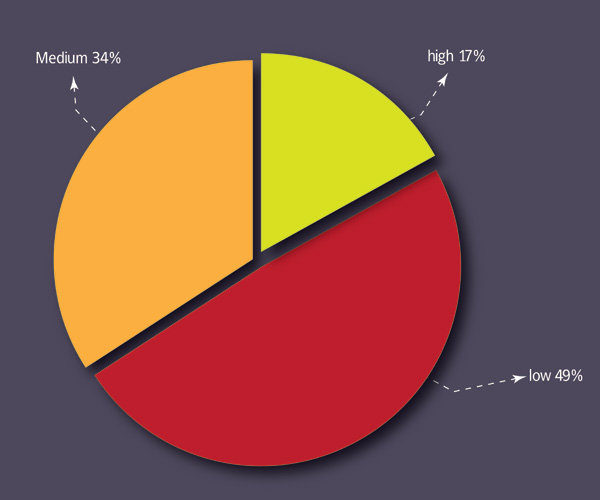
| decent work |
According to GCRO’s recent 6 636 sample 'Quality of Life' survey, conducted in 2009, half of all jobs in Gauteng do not meet a standard that qualifies them to be called decent work. Eleven questions in the survey probed aspects of employment that could generally be regarded as criteria for decent work. These included whether the employee had an employment contract, company-provided training/education, paid sick leave, family leave, a housing subsidy, a transport allowance, overtime payment, medical aid, pension, performance bonus and an annual bonus. From the answers to these questions a Decent Work Index (DWI), was developed and used to score all employed respondents – those who did any type of work, business or activity for which they got paid in the past seven days. The survey found that 14% of those employed full time in the formal sector worked without an employment contract. This rose to 30% for those employed part-time in formal sector jobs. The results also show that two-thirds (67%) of all respondents did not have medical aid as part of their remuneration package, half of all jobs (48%) did not provide for paid sick leave, and more than a half (53%) did not provide for any kind of pension. Less than one fifth of all jobs provided for additional benefits like a transport subsidy or housing allowance. The Decent Work Index was then constructed by counting how many of the 11 items – contract, paid sick leave, housing subsidy, bonus, and so on – the employed respondents enjoyed as part of their job. Those who had enjoyed none, or only 1, 2, 3 or 4 of the aspects, were determined to have ‘low’ decent work. Those with between 5 and 8 were deemed to have a ‘medium’ level of decent work. For a ‘high’ score on the decent work index an employed person had to have 9, 10 or 11 of the components. Half of all employed respondents (49%) had 0, 1, 2, 3 or 4 of the items in the index, meaning that they were in positions with ‘low’ decent work.
|
| percentage of workers in low, medium and high decent work |
|
| GCRO (2009) ‘Quality of Life’ survey |
| The survey suggests that indecent work is the norm, decent work is not. Only 17% enjoyed ‘high’ decent work, with the remaining third (34%) having a ‘medium’ level of decent work. While it may be unrealistic to expect the majority to score 11 out of 11 on the index, it is not unreasonable to expect, say, three-quarters of workers to enjoy 7 or 8 of the 11 items included. The predominance of ‘low’ decent work paints a dismal picture, and raises questions about the role of the private sector in transforming itself and its employment practices. |

